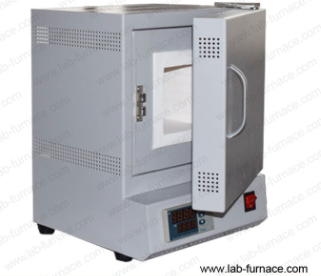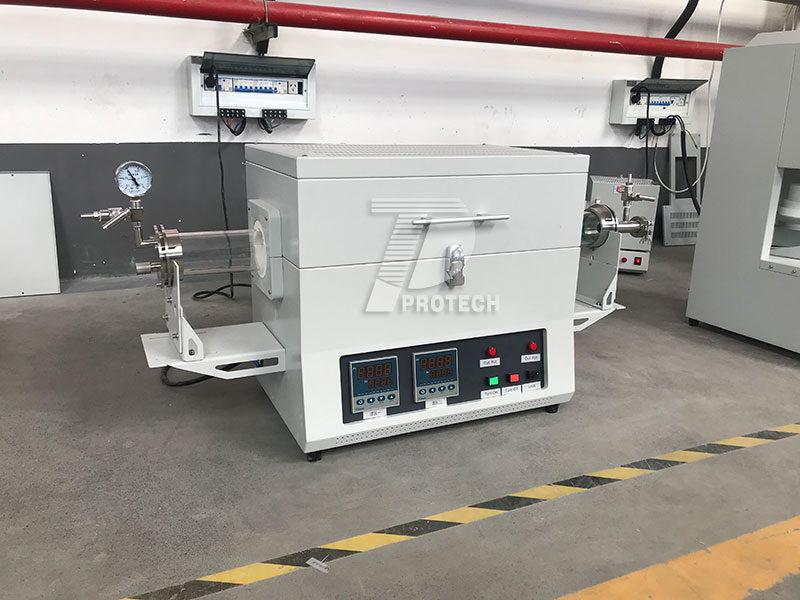


NEWS
When choosing a laboratory electric furnace, multiple factors need to be considered to ensure that the selected equipment can meet the specific needs of the experiment. Let's take a look at what aspects to pay attention to when choosing a laboratory electric furnace!

Commonly used laboratory mini box furnaces (click on the image to view product details)
1. Furnace shape and size
Shape selection: Choose the appropriate furnace shape based on the shape and size of the heated workpiece. For example, long or tubular workpieces are suitable for continuous electric furnaces, while large or heavy workpieces are more suitable for trolley furnaces.
Size consideration: Ensure that the furnace size is sufficient to accommodate the workpiece to be heated and leave appropriate space for operation and maintenance.
2. Temperature Range and Control
Temperature requirement: Clearly define the temperature range required for the experiment and select an electric furnace that can cover that temperature range. For example, low-temperature experiments can choose low-temperature box type electric furnaces, while high-temperature experiments require high-temperature muffle furnaces or vacuum high-temperature furnaces.
Temperature control: Choose an electric furnace with a high-precision temperature control system to ensure the accuracy and reliability of experimental results. The intelligent temperature control system can achieve the compilation and fully automatic control of multi-stage rise, hold, and drop curves.
3. Heating method and efficiency
Heating method: Choose the appropriate heating method according to the experimental requirements. Direct heating is suitable for processes that require rapid heating, while indirect heating is more suitable for situations that require uniform heating.
Heating efficiency: Choose electric furnaces with high heating efficiency and low energy consumption to reduce experimental costs and protect the environment. For example, furnace materials made of ceramic fibers have the characteristics of small heat capacity and fast heating, which can greatly improve heating efficiency.
4. Atmosphere conditions
Oxidation environment: If the experiment needs to be conducted in an oxidation environment, an electric furnace under a normal atmosphere can be selected.
Vacuum or protective atmosphere: For experiments that require strict atmosphere, such as electronic material preparation, a vacuum high-temperature furnace or a resistance heating furnace with protective gas should be selected.
5. Convenience and safety of operation
Easy to operate: Choose an electric furnace that is easy to operate and maintain to improve experimental efficiency and reduce operational difficulty. For example, electric furnaces with remote control and data acquisition functions can conveniently monitor experiments and record data.
Safety: Ensure that the electric furnace has good safety performance, such as over temperature protection, leakage protection, etc., to ensure the safety of experimental personnel.
6. Brand and Price
Brand selection: Choose well-known brands and reputable suppliers to ensure the quality and after-sales service of the electric furnace.
Price consideration: Choose a suitable electric furnace based on the experimental budget. On the premise of ensuring performance and meeting experimental requirements, try to choose products with high cost-effectiveness.

Small dual zone tube furnace for experimental use (click on the image to view product details)
In general, when choosing a laboratory electric furnace, multiple factors need to be considered, including furnace shape and size, temperature range and control, heating method and efficiency, atmosphere conditions, operational convenience and safety, as well as brand and price. By considering these factors comprehensively, more suitable experimental equipment can be selected to meet the specific needs of the experiment.Click to learn more lab furnaces! Or click on online customer service to learn more about product information!
Leave A Message